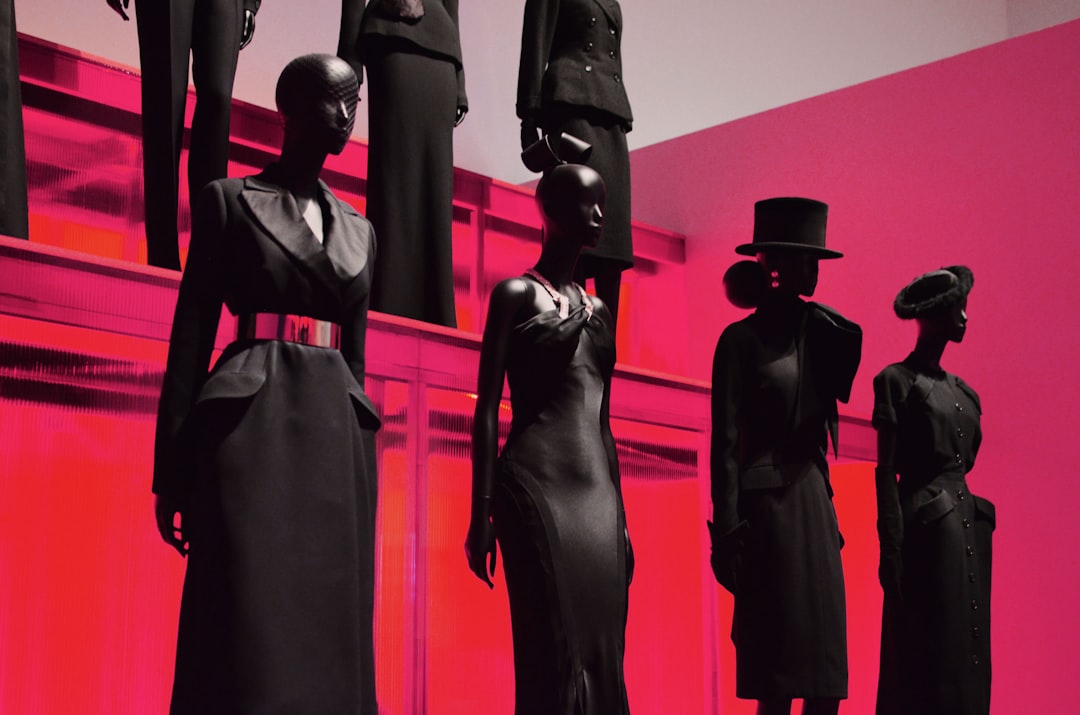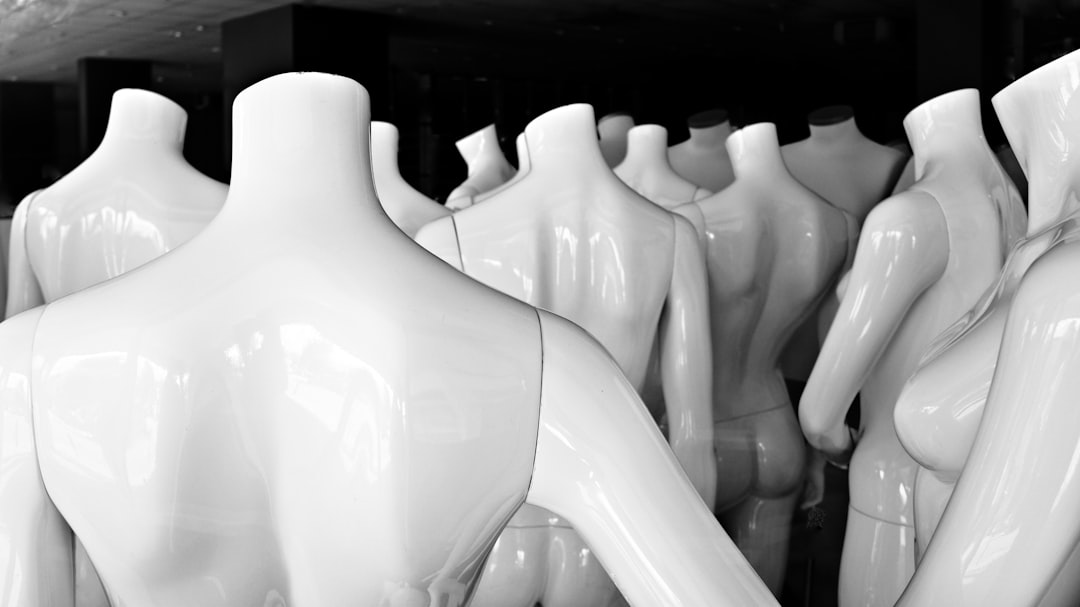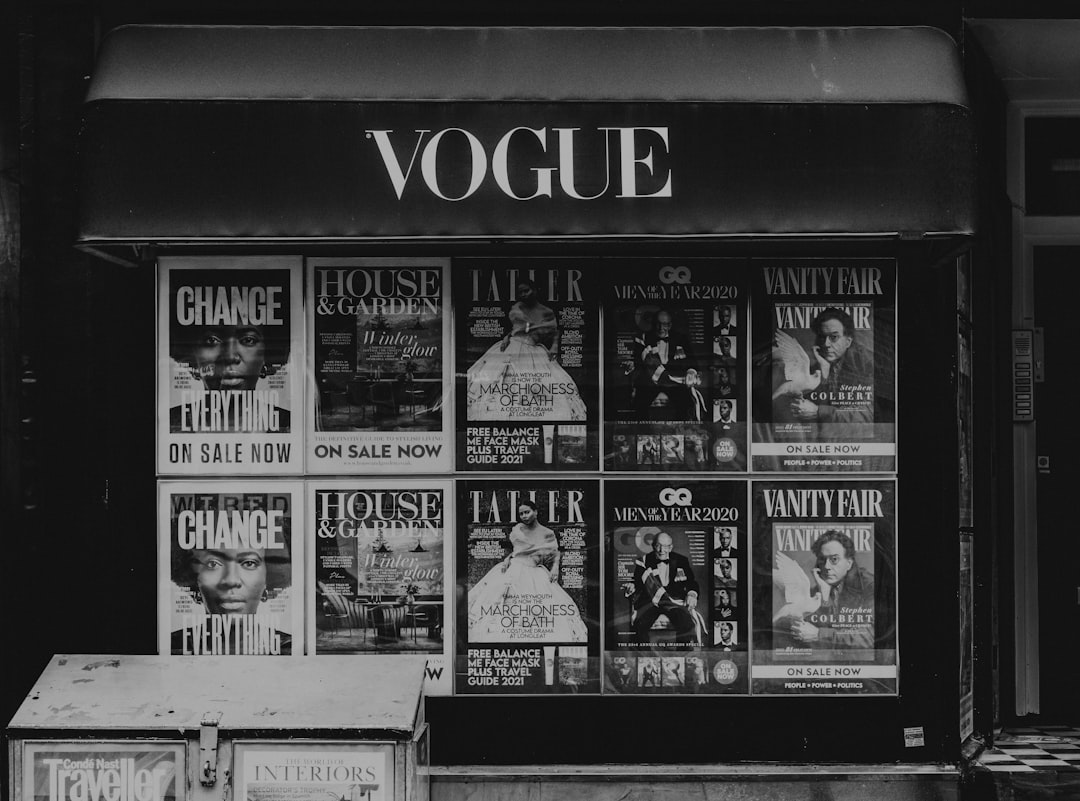Artificial Intelligence (AI) has been transforming various industries, and the fashion industry is no exception. In recent years, AI has been making waves in the fashion world, revolutionizing the way fashion is produced, marketed, and sold. From smart manufacturing to virtual styling, AI is changing the game in the fashion industry.
The fashion industry is no stranger to innovation. Over the years, technology has played a crucial role in the evolution of fashion. However, AI is taking things up a notch. With AI, fashion designers and manufacturers are able to create more efficient, sustainable, and personalized fashion products. This blog post will explore the various ways AI is impacting the fashion industry, and how it is changing the future of fashion as we know it.
As we delve into the different ways AI is transforming the fashion industry, it is important to note that AI is not replacing the human element in fashion. Instead, it is enhancing it. AI is enabling fashion designers, manufacturers, and retailers to do more in less time, with greater precision and accuracy. With that said, let’s explore the different ways AI is impacting the fashion industry.
Smart Manufacturing: How AI is Streamlining the Production Process
As the fashion industry continues to evolve, technology has become an integral part of the production process. One of the most significant developments in recent years has been the integration of artificial intelligence (AI) into smart manufacturing.
Smart manufacturing refers to the use of advanced technologies like AI, machine learning, and the Internet of Things (IoT) to optimize the manufacturing process. In the fashion industry, this means using AI to streamline production from design to delivery.
One of the most significant advantages of using AI in smart manufacturing is its ability to analyze vast amounts of data quickly and accurately. This means that manufacturers can identify patterns and optimize processes to increase efficiency and reduce waste.
For example, AI can analyze sales data to predict which products will be most popular and adjust production accordingly. This not only reduces the risk of overproduction but also ensures that popular products are always in stock.
Another way that AI is streamlining the production process is through the use of predictive maintenance. By analyzing data from sensors and other sources, AI can identify potential equipment failures before they occur. This allows manufacturers to schedule maintenance proactively, reducing downtime and increasing productivity.
AI is also being used to optimize supply chain management. By analyzing data from suppliers, manufacturers can identify potential bottlenecks and adjust their production schedules accordingly. This not only reduces the risk of delays but also ensures that products are delivered on time.
Overall, the integration of AI into smart manufacturing is revolutionizing the fashion industry. By optimizing production processes, reducing waste, and improving efficiency, AI is helping manufacturers stay competitive and meet the evolving needs of consumers.
Overall, the integration of AI into smart manufacturing is revolutionizing the fashion industry.
Personalization: How AI is Enabling Customized Fashion Experiences
The fashion industry has always been about creating unique and personalized experiences for consumers. However, with the rise of e-commerce and fast fashion, it has become increasingly difficult for brands to deliver on this promise. Enter AI, which is now revolutionizing the way fashion is customized and personalized for individual consumers.
At the heart of this trend is the ability of AI to analyze data and provide insights into consumer preferences and behavior. By tracking things like purchase history, browsing behavior, and social media activity, AI algorithms can identify patterns that help brands create personalized experiences for their customers.
One of the most exciting applications of AI in personalized fashion is in the field of sizing. Traditionally, sizing has been a major challenge for the industry, with many consumers struggling to find clothes that fit well. However, with the help of AI, brands are now able to create custom sizing options that are tailored to individual consumers.
Another area where AI is making a big impact is in the realm of product recommendations. By analyzing consumer data, AI algorithms can suggest products that are likely to appeal to individual consumers, based on their personal preferences and browsing history. This not only helps consumers find products they are more likely to enjoy, but it also helps brands increase sales and revenue.
In addition to these applications, AI is also being used to create personalized fashion experiences through virtual try-on technology. By using augmented reality, consumers can now see how clothes will look on them before making a purchase, which helps to reduce the risk of returns and increase customer satisfaction.
Overall, the impact of AI on personalized fashion experiences is clear. By leveraging data and advanced analytics, brands are able to create unique and customized experiences for individual consumers, which helps to build stronger relationships and increase customer loyalty. As the technology continues to evolve, we can expect to see even more exciting innovations in this space in the years to come.
At the heart of this trend is the ability of AI to analyze data and provide insights into consumer preferences and behavior.
Trend Forecasting: How AI is Predicting Future Fashion Trends
Artificial intelligence has revolutionized various industries, and the fashion industry is no exception. One of the most significant impacts of AI on the fashion industry is its ability to predict future fashion trends. With the help of machine learning algorithms, AI can analyze vast amounts of data and identify patterns that human beings may not be able to see.
AI-powered trend forecasting tools are helping fashion designers and retailers stay ahead of the curve by predicting the colors, fabrics, and styles that will be popular in the coming seasons. This technology is transforming the way fashion businesses operate, from design and production to marketing and sales.
One of the most prominent examples of AI-powered trend forecasting is the Fashion Snoops platform. This tool uses data analytics and machine learning algorithms to predict trends in the fashion industry. It analyzes social media posts, runway shows, street style, and other sources to identify emerging trends.
Another example is the Heuritech platform, which uses computer vision technology to analyze images and identify visual patterns. It can predict which colors, prints, and styles will be popular in the upcoming season. This technology helps designers and retailers to make informed decisions about which products to produce and stock.
AI-powered trend forecasting is not only beneficial for designers and retailers but also for consumers. By predicting future trends accurately, fashion businesses can create products that meet the demands of consumers. This technology ensures that fashion companies are producing products that align with the interests and preferences of their target audience.
AI-powered trend forecasting is transforming the fashion industry by predicting future fashion trends accurately. This technology is helping fashion businesses stay ahead of the curve and create products that meet the demands of their target audience. As AI technology continues to evolve, we can expect to see more innovative solutions that will enhance the fashion industry’s efficiency and sustainability.
This technology ensures that fashion companies are producing products that align with the interests and preferences of their target audience.
Sustainability: How AI is Promoting Eco-Friendly Fashion Practices
The fashion industry has been criticized for its negative impact on the environment. From the use of non-biodegradable fabrics to the excessive use of water and energy in the manufacturing process, the industry has a long way to go in terms of sustainability. This is where AI comes in.
AI technology is being used to promote eco-friendly fashion practices. For instance, AI algorithms can help manufacturers optimize their production process to minimize waste and reduce their carbon footprint. By analyzing data on energy consumption, material usage, and waste generation, AI can help manufacturers make informed decisions that lead to more sustainable practices.
In addition, AI can help fashion brands source sustainable materials. With the help of AI, brands can identify fabrics that are eco-friendly and have a lower environmental impact. This not only helps the environment but also appeals to consumers who are increasingly conscious about the impact of their purchases on the planet.
AI is also being used to promote circular fashion practices. Circular fashion is a model that aims to reduce waste and extend the lifespan of clothing. AI can help fashion brands implement circular fashion practices by analyzing data on consumer behavior and preferences. This can help brands create products that are designed to last longer and can be easily recycled or repurposed.
Furthermore, AI can help consumers make more sustainable fashion choices. By analyzing data on consumer behavior and preferences, AI can provide personalized recommendations on eco-friendly fashion options. This not only educates consumers on sustainable practices but also encourages them to make more conscious choices.
AI is playing a significant role in promoting eco-friendly fashion practices. From optimizing the production process to promoting circular fashion practices, AI is helping the fashion industry become more sustainable. With the help of AI, the fashion industry can reduce its negative impact on the environment and meet the growing demand for sustainable fashion.
This is where AI comes in.
Virtual Styling: How AI is Enhancing the Online Shopping Experience
The rise of online shopping has revolutionized the way we purchase goods, including fashion. However, one of the biggest challenges of online shopping is the inability to try on clothes before making a purchase. This is where virtual styling comes in, and AI has played a significant role in enhancing this experience.
Virtual styling involves using technology to create a digital representation of a customer’s body, allowing them to try on clothes virtually. This technology has been around for a while, but AI has made it more accurate and efficient than ever before. AI algorithms can analyze a customer’s body shape, size, and even skin tone to recommend the most suitable clothing items.
Virtual styling also allows customers to experiment with different styles and colors without the need to physically try on each item. This saves time and eliminates the frustration of not finding the right size or fit.
AI-powered virtual styling is also being used by fashion retailers to personalize the online shopping experience. By analyzing a customer’s browsing and purchase history, AI algorithms can recommend clothing items that match their style and preferences. This not only enhances the customer experience but also increases sales and customer loyalty.
Another way AI is enhancing virtual styling is through augmented reality (AR) technology. AR technology overlays digital images onto the real world, allowing customers to see how a clothing item would look on them in real-time. This technology is particularly useful for accessories such as jewelry and sunglasses, where a customer can see how the item would look on their face before making a purchase.
Virtual styling powered by AI has revolutionized the online shopping experience. It allows customers to try on clothes virtually, experiment with different styles, and receive personalized recommendations. With the continued development of AI technology, we can expect virtual styling to become even more accurate and efficient, providing an even better online shopping experience for fashion enthusiasts worldwide.
AI-powered virtual styling is also being used by fashion retailers to personalize the online shopping experience.
Conclusion: The Future of Fashion with AI
As we have seen in the previous sections, AI is rapidly transforming the fashion industry in various ways. From streamlining the production process to predicting future fashion trends, AI is becoming an integral part of the fashion world.
The impact of AI on fashion is not limited to just the production and design aspects of the industry. The use of AI is also promoting sustainable fashion practices by reducing waste, increasing efficiency, and optimizing resource utilization. By enabling personalized fashion experiences and enhancing the online shopping experience, AI is also revolutionizing the way consumers interact with fashion.
As AI continues to evolve and improve, we can expect to see even more innovative applications in the fashion industry. For example, AI could be used to optimize the supply chain by predicting demand and optimizing inventory management. It could also help in creating more inclusive fashion by analyzing data on different body types, skin tones, and cultural preferences.
However, as with any technology, there are also potential drawbacks and challenges that must be addressed. For example, there may be concerns around privacy and data security when collecting and analyzing personal information for personalized fashion experiences. There may also be ethical considerations around the use of AI in the fashion industry, such as the potential for bias in data analysis and decision-making.
Despite these challenges, it is clear that AI has the potential to revolutionize the fashion industry in ways we can only imagine. The future of fashion with AI is exciting and full of possibilities. As the industry continues to embrace and integrate AI technology, we can expect to see even more innovative and sustainable fashion practices, personalized fashion experiences, and trend-setting designs.





